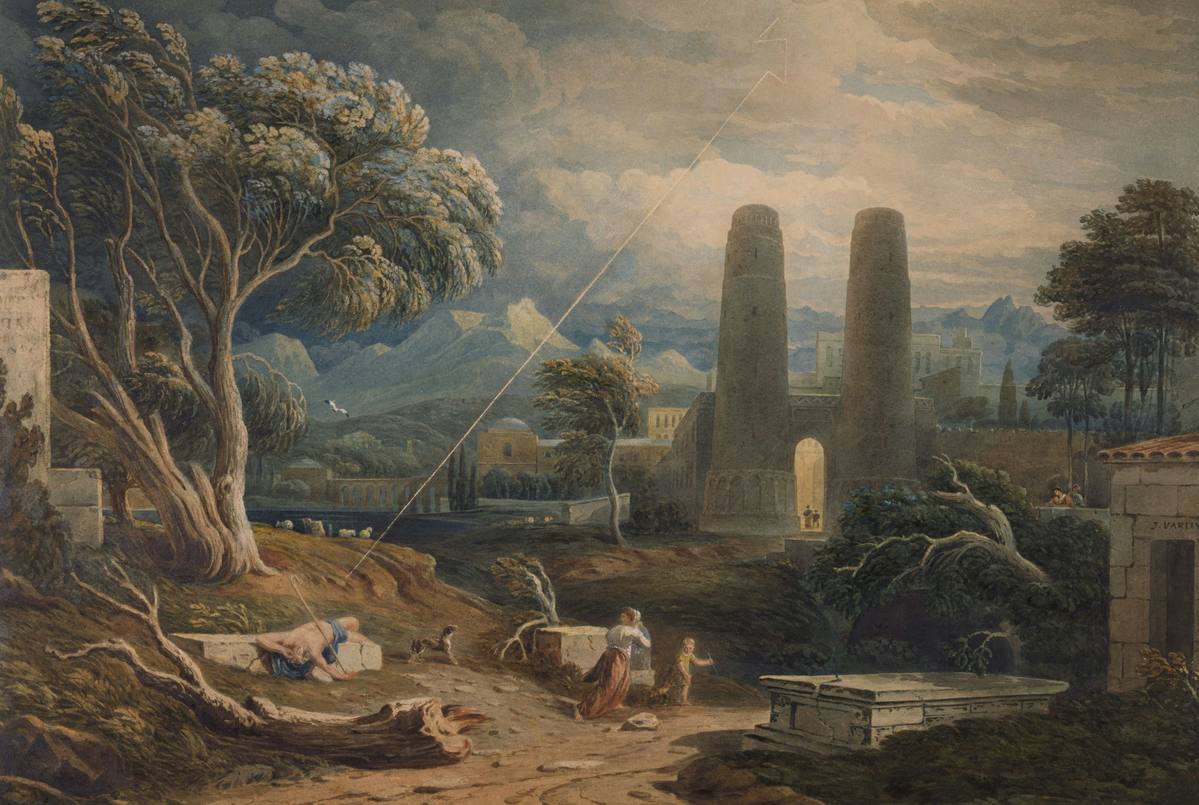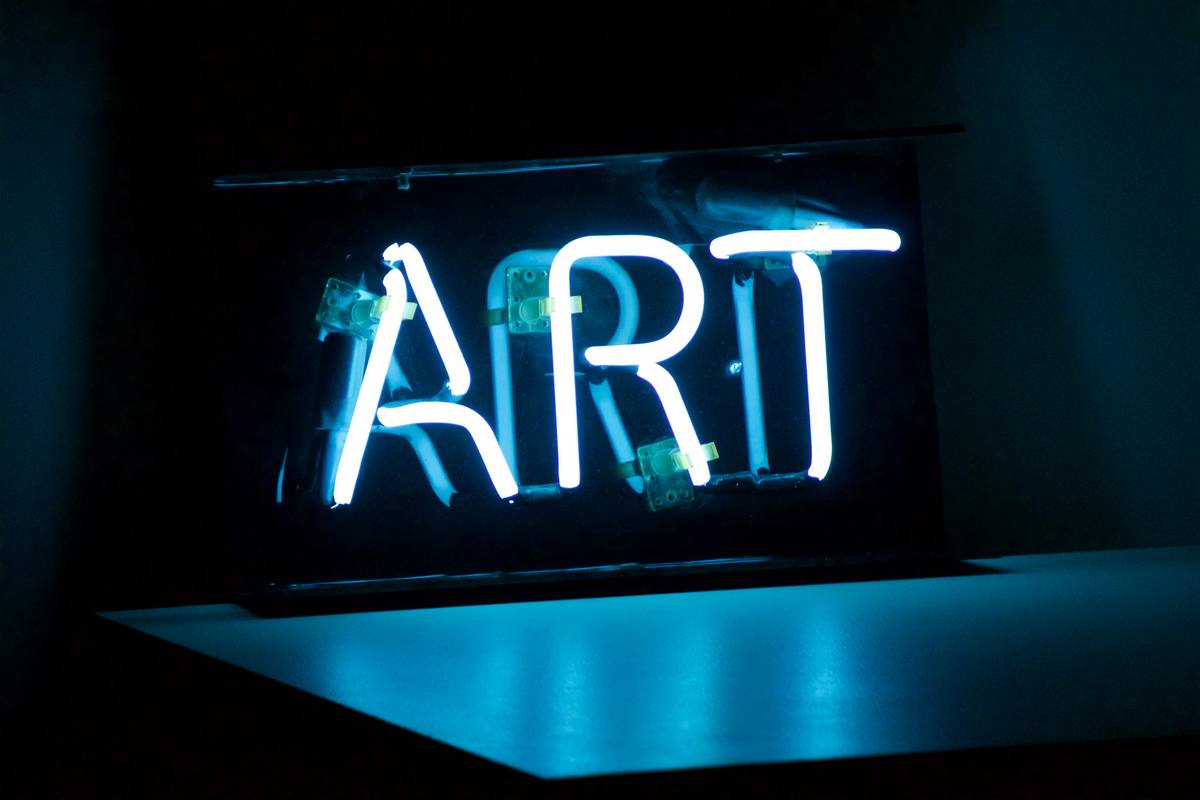Embarking on the Creative Voyage of Launching an Art Museum
Starting an Art Museums business is akin to painting a masterpiece; it requires a blend of passion, creativity, and meticulous planning. The initial canvas is blank, offering boundless opportunities to curate experiences that resonate deeply with art enthusiasts. It's about more than displaying exquisite pieces; it's creating a sanctuary where every stroke tells a story, every sculpture breathes life, and visitors leave enriched. To embark on this venture, one must navigate through the intricacies of acquisition, curation, and engagement, ensuring each decision mirrors the innovative spirit of the art world. This journey demands an unwavering commitment to artistic integrity and operational excellence. With each step meticulously planned and executed, the dream of bringing a visionary Art Museums business to life becomes tangible.

Navigating Financial Hurdles in the Art Museum Sector
Embarking on the journey of starting an art museum is akin to setting sail in uncharted waters. The most daunting challenge often lies in securing adequate funding. Art, by its nature, is a domain where passion meets pragmatism, and finding that balance in your business model can be tricky. Investors and funding entities need to be convinced of not only the cultural value but also the sustainability and profitability of your venture. This necessitates a well-thought-out plan that articulates how your museum will not just survive but thrive.
Building a Collection That Resonates and Attracts
The heart and soul of any art museum lie within its collection. However, curating pieces that both resonate with a diverse audience and attract visitors can be a monumental task. It's essential to strike a balance between featuring established artists and giving a platform to emerging talent. In addition, weaving a narrative through your collection that tells a compelling story is key to engaging visitors. This requires not just an eye for art but an understanding of what moves people culturally and emotionally.

Fostering Relationships within the Art Community
In the world of art museums, your network is your net worth. Establishing strong relationships with artists, collectors, and other museums can significantly enhance your museum's reputation and collection. It's about creating a symbiotic ecosystem where everyone benefits--artists get to showcase their work, collectors have their pieces appreciated by a wider audience, and you enrich your museum's offering. Engaging with local art schools and communities can also unearth hidden gems and foster grassroots support for your venture. Remember, art thrives on collaboration, not competition.
Understanding Your Audience's Needs
While passion might be the fuel that drives your art museum project forward, understanding your audience's needs is the compass that guides it. Identifying who your visitors are, what they seek from an art museum experience, and how you can deliver this effectively is crucial. This goes beyond mere demographics; it's about tapping into the emotional and educational desires of your audience. Tailoring experiences that cater to varied interests--from immersive installations to educational programs--can broaden your appeal. Insight into your audience's preferences enables you to craft marketing strategies that resonate deeply.

Leveraging Digital Platforms for Visibility
In today's digital age, establishing an online presence is non-negotiable for any business, including art museums. Leveraging social media platforms can amplify your reach exponentially, allowing you to connect with a global audience at relatively low costs. Creating engaging content that showcases your collections, behind-the-scenes glimpses, and upcoming events can kindle interest even before doors open. Additionally, optimizing your website for search engines ensures that when potential visitors look up relevant keywords, it's your museum they find first. Thus, digital marketing becomes an invaluable tool in building anticipation and excitement around your museum.
Boost campaigns with 250+ editable templates. Save, reuse, and wield design tools for business growth.
Try it for FREE!Maintaining Relevance in an Ever-Evolving Sector
The art world is constantly evolving with new trends emerging at lightning speed. Maintaining relevance thus requires staying abreast of these changes and adapting swiftly. This could mean introducing augmented reality experiences within exhibits or hosting pop-up exhibitions featuring contemporary issues or trends. Moreover, continuous learning about movements within the global art scene allows you to anticipate shifts in visitor interests and tastes. Adapting quickly isn't just about survival; it's about leading from the front in presenting innovative and thought-provoking art.

Creating Experiential Learning Opportunities
An art museum should be more than just a space where art hangs on walls; it should be an immersive environment that offers experiential learning opportunities. By integrating interactive technology or hosting artist talks and workshops, you add layers to the visitor experience that are both educational and entertaining. These initiatives not only deepen engagement but also help demystify art for the general public, making it more accessible and relatable. Engaging educational programming can transform passive observers into active participants--and loyal supporters--of the arts community. Ultimately, it's about creating memorable experiences that keep visitors coming back.
Navigating Operational Challenges with Innovation
The operational aspect of running an art museum encompasses everything from day-to-day management to long-term strategic planning. Challenges like staffing, conservation efforts, and logistical nuances require innovative solutions that align with both budget constraints and operational efficiency goals. Automation tools for inventory management or adopting green technologies for preservation purposes exemplify how innovation can tackle such challenges head-on. Collaboration with tech startups or universities might also yield creative solutions tailored specifically for the unique needs of an art institution. Balancing innovation with practicality ensures smooth operations while fostering an environment conducive to growth.

In crafting marketing materials or designing exhibition layouts, tools like Desygner become invaluable assets for those wondering how to start their journey into launching an impactful art museum business without breaking the bank on design costs. Its utility spans from creating visually appealing promotional content to developing informative brochures--all integral parts of telling your museum's unique story effectively.
Embarking on Your Art Museum Journey
In conclusion, starting an art museum business is a journey of passion blended with strategic planning and dedication. Venturing into the world of art entrepreneurship is not merely about appreciating fine art; it's about creating a space where art can live, breathe, and inspire others. As we have explored the foundational steps to embark on this enriching path, it's essential to remember that the heart of your museum lies in its ability to connect with and captivate its audience.
Firstly, understanding your niche and curating your collection with intention will set the tone for your museum's identity. As you navigate through the complexities of acquisitions, remember that each piece tells a story - your role is to weave these stories together into a cohesive narrative that speaks to your visitors. Moreover, securing a location that complements your vision while being accessible to your target audience will significantly enhance the visitor experience.
Furthermore, building a robust business model and securing funding are critical steps that require careful consideration and planning. Developing strong relationships with donors, sponsors, and the community will ensure sustainable growth and support for your museum. Additionally, leveraging technology and innovative marketing strategies will play a crucial role in reaching wider audiences and creating engaging experiences.
The following points highlight key considerations for aspiring art museum entrepreneurs:
- Identify your unique niche within the art world.
- Curate a compelling collection that tells a story.
- Choose a location that aligns with your vision.
- Develop a comprehensive business plan.
- Secure funding through various channels.
- Build strong community relations.
- Leverage technology for marketing and operations.
- Utilize tools like Desygner for professional design needs.
To bring your vision to life with captivating designs and promotional materials, consider signing up at Desygner. Embrace the journey ahead with creativity, resilience, and strategic insight as you open doors to new worlds of artistic exploration and appreciation.


